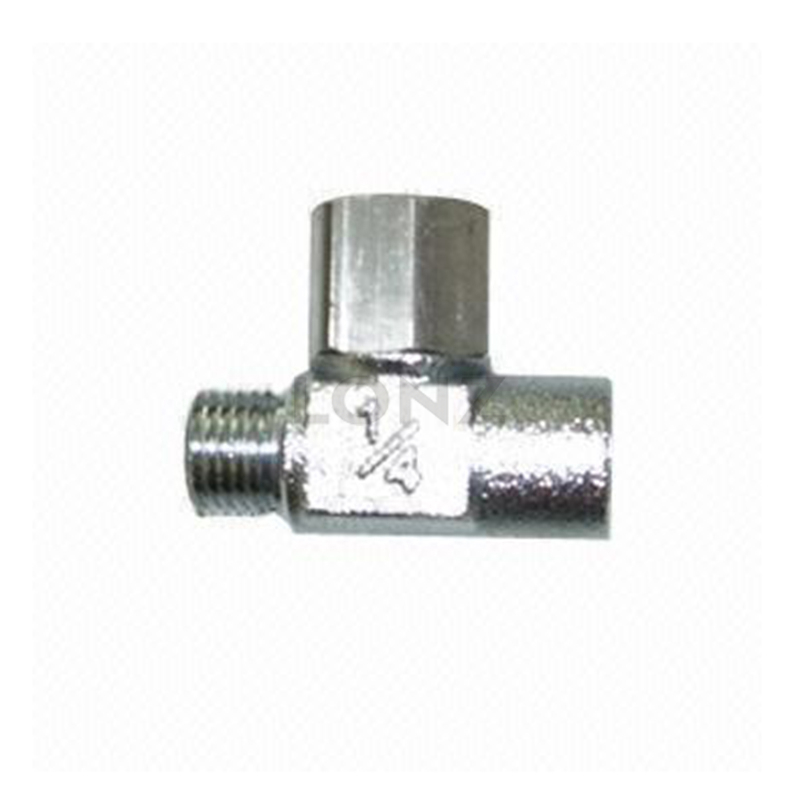Working principle and application of steam trap
A steam trap is a common industrial valve used to remove condensate and other non-condensable liquids from piping systems. It can effectively protect equipment and pipelines and improve system safety and operating efficiency. This article will introduce the working principle and application of steam traps.
1. Working principle of trap:
The working principle of traps is based on the difference in density and pressure of liquids. Its working process includes the following steps:
- Drainage state: When there is condensate or non-condensable liquid in the liquid in the pipeline, the trap is in the open state. At this time, the float ball or float inside the valve body will float up as the condensation water accumulates, opening the valve outlet, allowing the liquid to drain.
- Closed state: When the condensate is discharged and reaches a certain level, the float or float in the valve body sinks, and the valve outlet is sealed, and the trap is in a closed state. This prevents leakage of steam and other working media in the pipeline.
- Circulation operation: The trap will circulate according to the state of the liquid in the piping system. When a certain amount of condensate or non-condensable liquid accumulates in the liquid again, the valve opens again for drainage operation.

2. Application of steam trap:
Steam traps are widely used in various industrial fields, including but not limited to the following application scenarios:
- Steam system: The application of steam traps in steam systems is common and important. Condensate is a common problem in steam pipelines. Traps can remove condensate, prevent blockage, condensation, corrosion and other problems caused by the accumulation of condensate inside the pipeline, and ensure the normal operation of the steam system.
- Air conditioning and refrigeration systems: Condensed water in air conditioning and refrigeration systems also needs to be removed in time. Drain valves can effectively remove condensation water from the system, prevent water droplets from flowing into the equipment, and keep the system efficient and operating normally.
- Chemical process systems: In chemical process systems, in addition to condensation water, other non-condensable liquids may also exist. Traps can remove these liquids, maintain the normal operation of the process system, and prevent equipment damage and accidents during production.
- Steam power plants: The application of steam traps in steam power plants is particularly important. By promptly removing condensate and other liquids, traps can prevent pipe blockage and equipment damage, improving the safety and power supply efficiency of power plants.
In summary, traps protect the operation of equipment and systems by removing condensation and other liquids from piping systems. It is widely used in steam systems, air conditioning and refrigeration systems, chemical process systems, and steam power plants. Steam traps play an important role in industrial production by ensuring system safety and operational efficiency.


